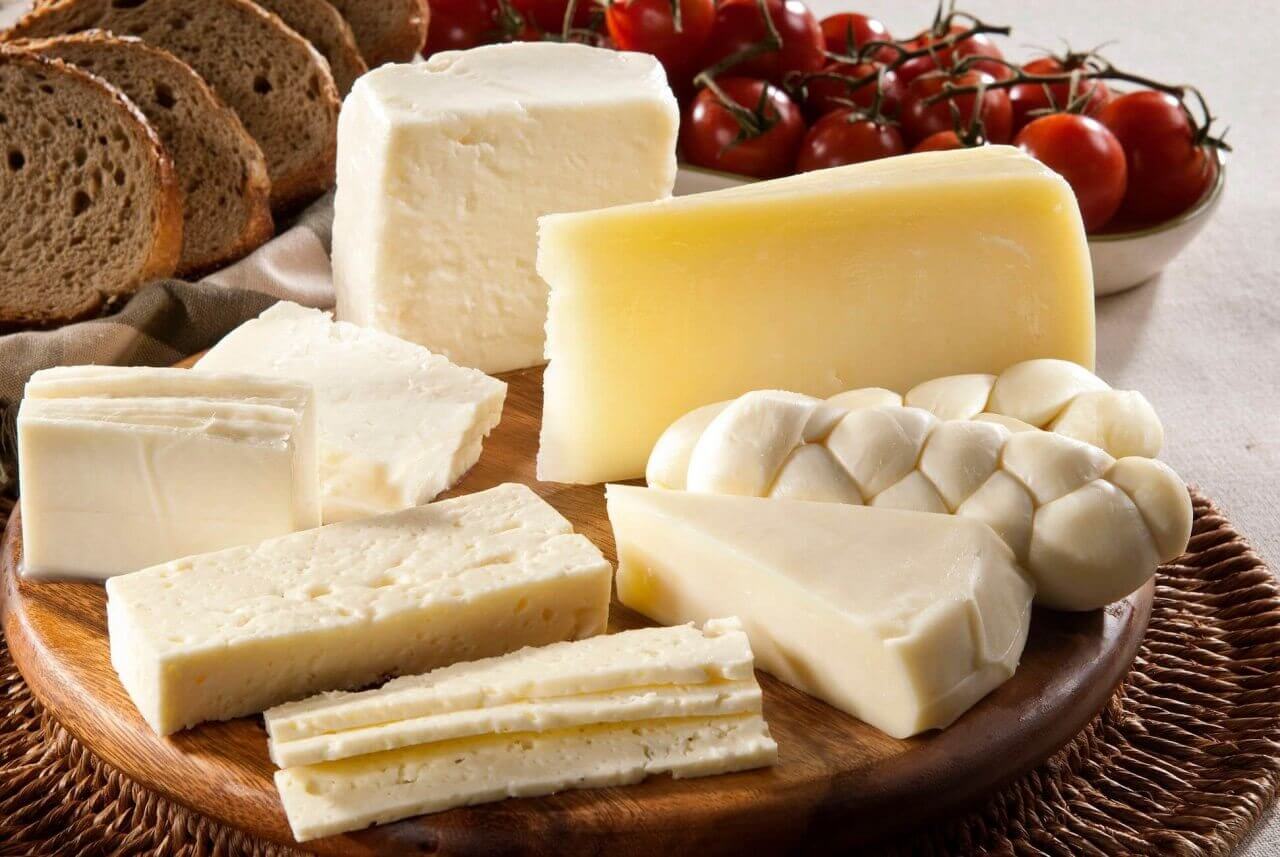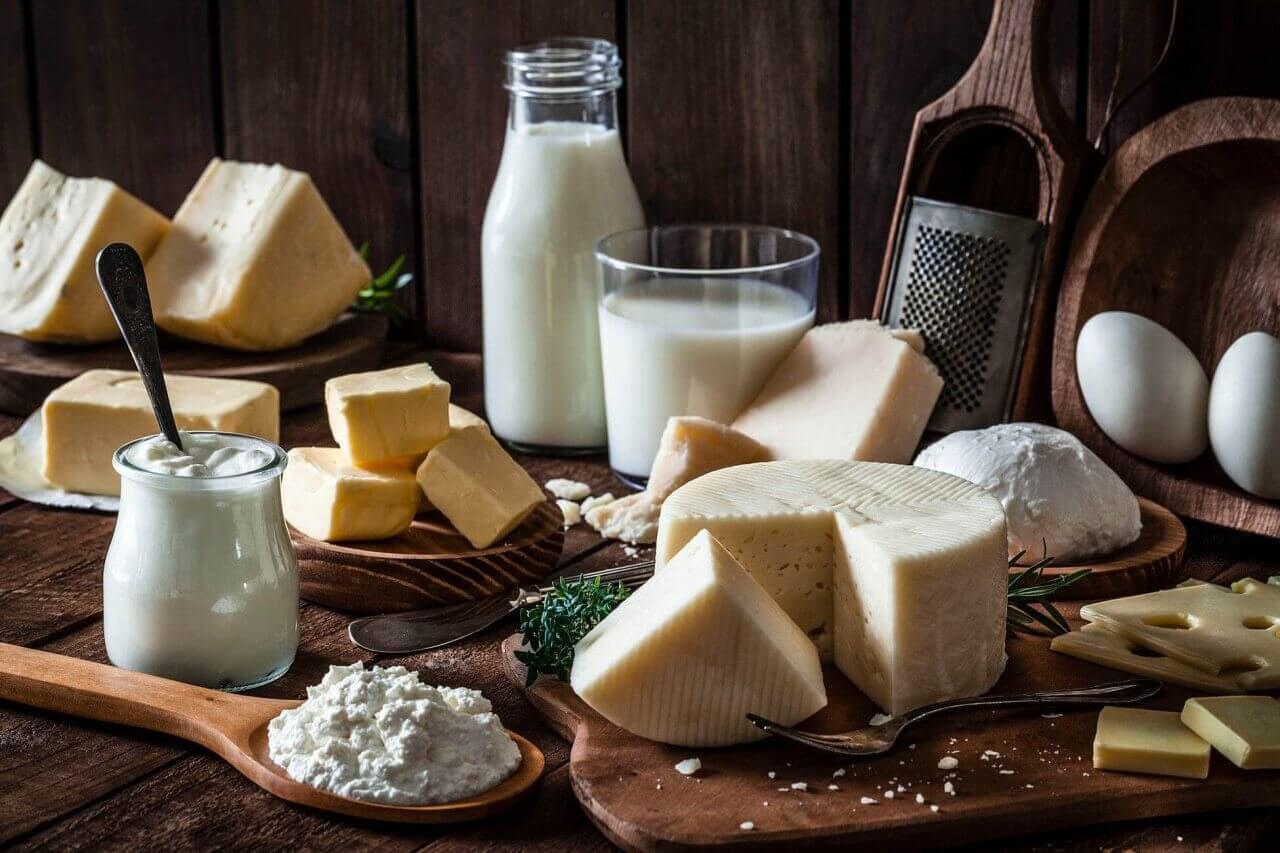How can we store cheese to make it last longer? How much mould is harmful? How can we use leftover cheese in the kitchen? These are the questions we ask to get the most out of our cheese.
Cheese is a dairy product that has been made for thousands of years as a way to make milk last longer. It is an essential part of our cuisine. The story of properly made cheese is a long one that begins with milking and continues to the ageing process. It requires amazing patience and is labour intensive.



